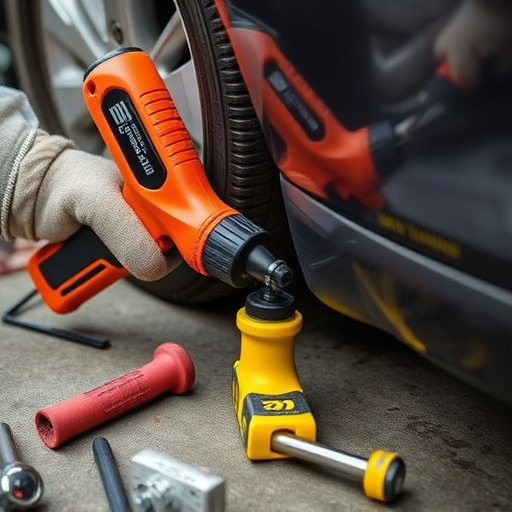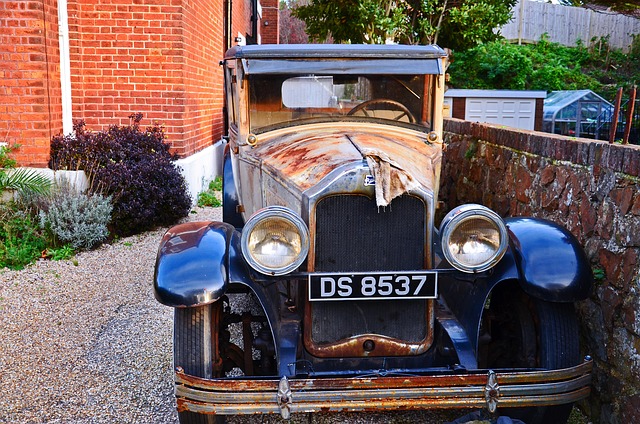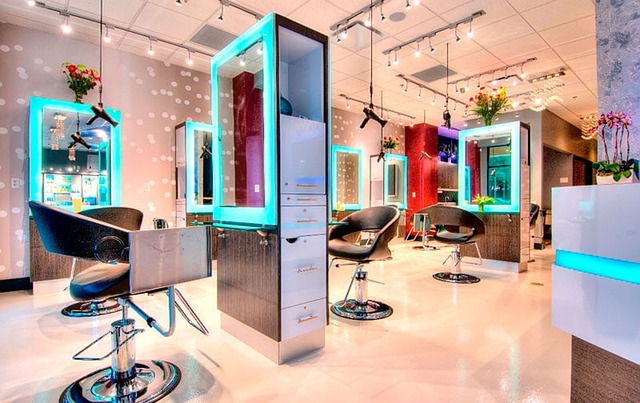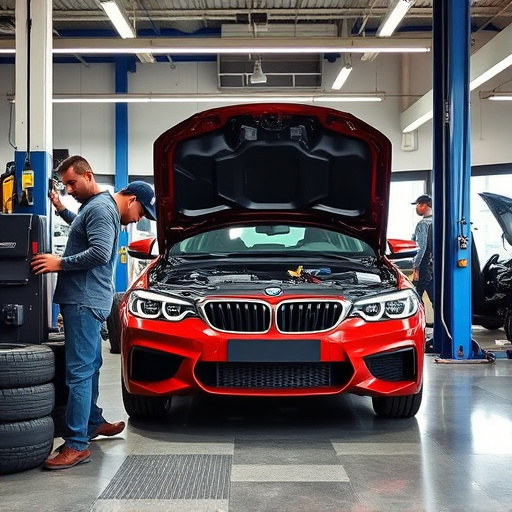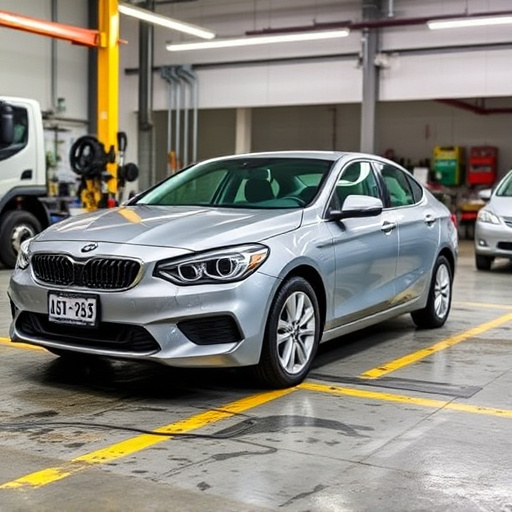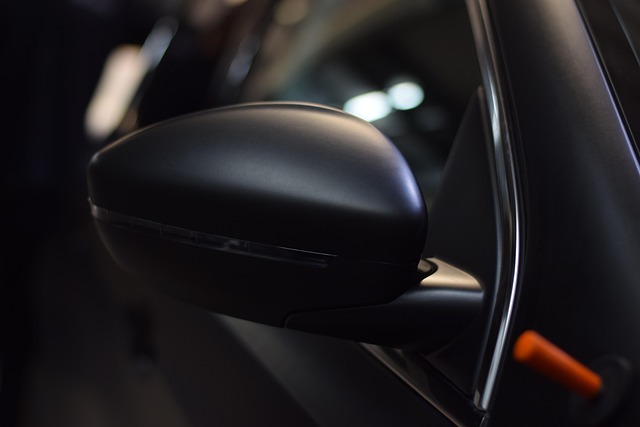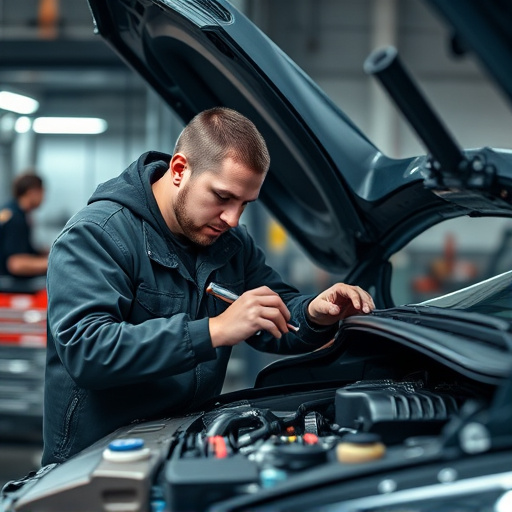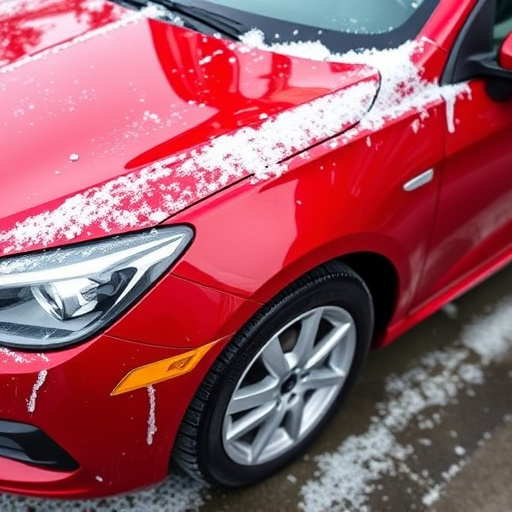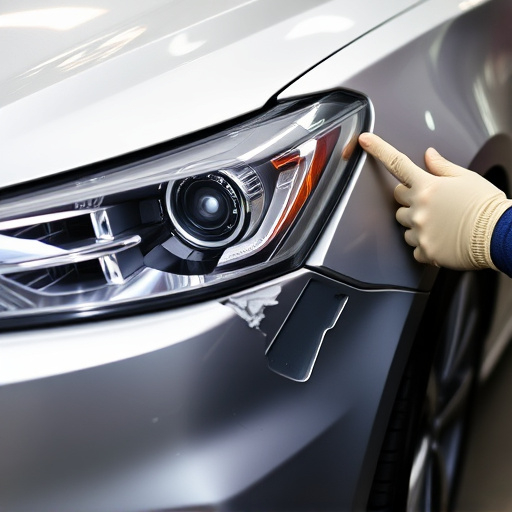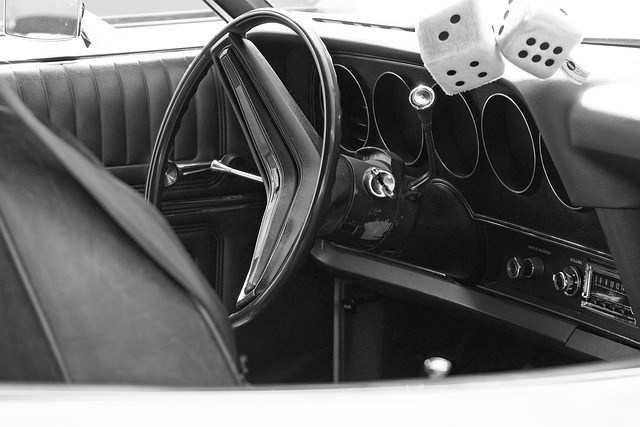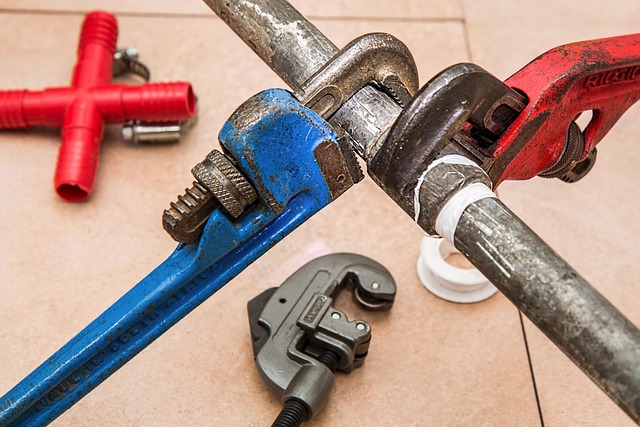After a minor collision, promptly assess your Tesla home charger for potential damage. Neglecting inspection can lead to safety risks and costly internal component repairs. Seek professional diagnosis from specialized Tesla repair services to mitigate hazards and ensure optimal performance. For severe cases, replacement with careful installation, testing, and adherence to Tesla's safety guidelines is recommended.
After a car accident, your Tesla home charger may require replacement. Understanding common causes of failure and knowing the replacement process is crucial for smooth navigation. Accidents can cause varying degrees of damage to chargers, leading to malfunction or complete inoperability. This article delves into the specifics, guiding you through identifying issues, understanding replacement processes, and ensuring your electric vehicle (EV) remains charged post-accident.
- Understanding Tesla Home Charger Damage After Accidents
- Common Causes of Tesla Home Charger Failure Following Collisions
- Replacement Process: Steps to Repair or Install New Charging Equipment
Understanding Tesla Home Charger Damage After Accidents
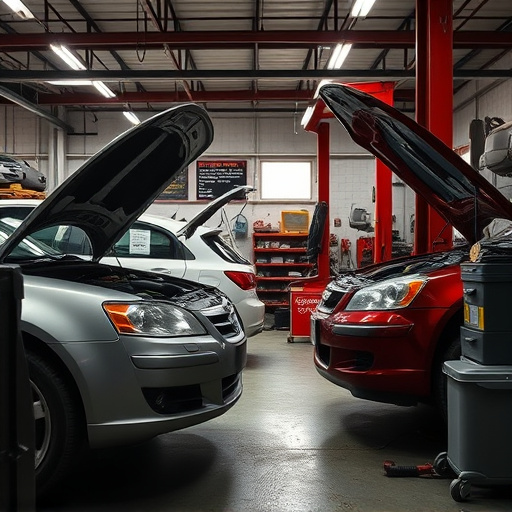
After a minor collision or what’s commonly known as a “fender bender,” it’s important to assess if your Tesla home charger has sustained any damage. While external car bodywork services might not seem like a priority after such an incident, neglecting to inspect the charger could lead to potential safety hazards and costly repairs down the line. The home charger, being an integral part of your electric vehicle setup, requires careful consideration when it comes to accident-related damage.
In many cases, a fender bender might not cause visible harm to the charger’s physical structure. However, internal components could be affected, leading to performance issues or even safety risks. Therefore, if you’ve been involved in an accident, it’s advisable to seek professional car repair services to thoroughly evaluate and diagnose any potential damage to your Tesla home charger.
Common Causes of Tesla Home Charger Failure Following Collisions
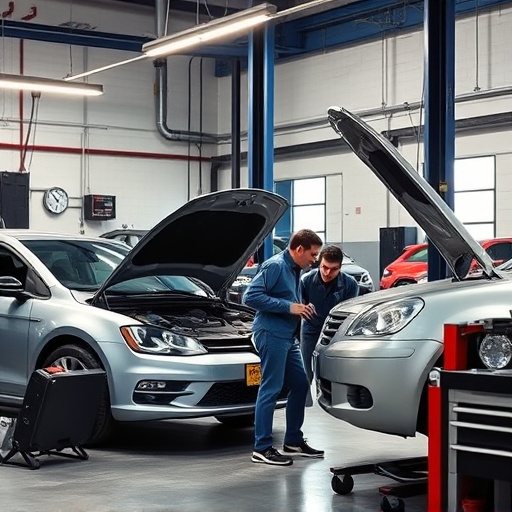
After a collision, Tesla home chargers may fail due to various reasons. One of the most common causes is physical damage to the charger’s hardware during the accident. The impact can lead to cracked or broken components, such as the charging port or cable, rendering them inoperable. Additionally, the force of a collision can loosen connections, causing intermittent or complete failure of the charger.
Another factor is the wear and tear that accumulates over time, exacerbated by the stress of a collision. Normal use can lead to loose fittings and corroded contacts within the charger’s electrical system. These issues may go unnoticed until an accident occurs, exacerbating existing problems. Proper collision repair services involving expert autobody repairs are crucial in addressing these challenges, ensuring not just the functionality but also the longevity of Tesla home chargers after such incidents.
Replacement Process: Steps to Repair or Install New Charging Equipment
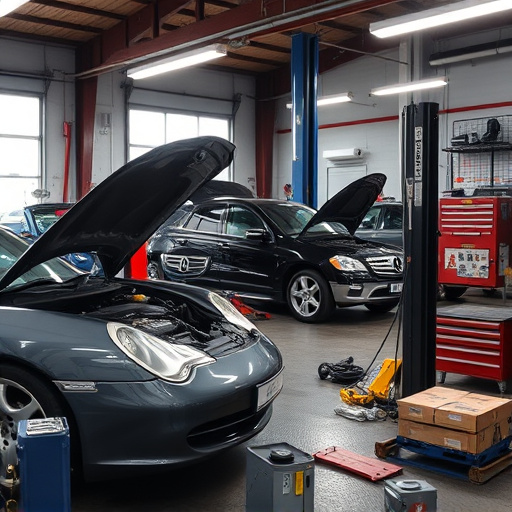
If your Tesla home charger is damaged due to an accident, replacement might be necessary. The process involves a few steps that can typically be completed by a professional auto repair shop or collision center. First, assess the extent of the damage and identify if the charger needs to be repaired or entirely replaced. For minor dents or cracks, specialized repair services can restore the charger to its original condition, ensuring it functions optimally. However, severe cases may require installing new charging equipment.
The installation process begins with removing the old charger, carefully disassembling any connected components, and preparing the mounting area. A qualified technician will then install the replacement charger, adhering to safety standards and guidelines provided by Tesla. Once installed, rigorous testing is conducted to verify its functionality and ensure it’s safely integrated into your car body repair. Throughout this process, having a reliable collision center handle the repairs guarantees that your Tesla home charger not only gets replaced but also receives expert care for seamless integration.
In light of the above, it’s clear that a Tesla home charger damaged in an accident may require replacement. By understanding common failure causes and following a structured replacement process, owners can ensure their charging equipment is safe, functional, and ready to support their electric vehicle needs. Remember that prompt action and professional assistance are key when dealing with any post-accident repairs, especially for critical components like the Tesla home charger.
